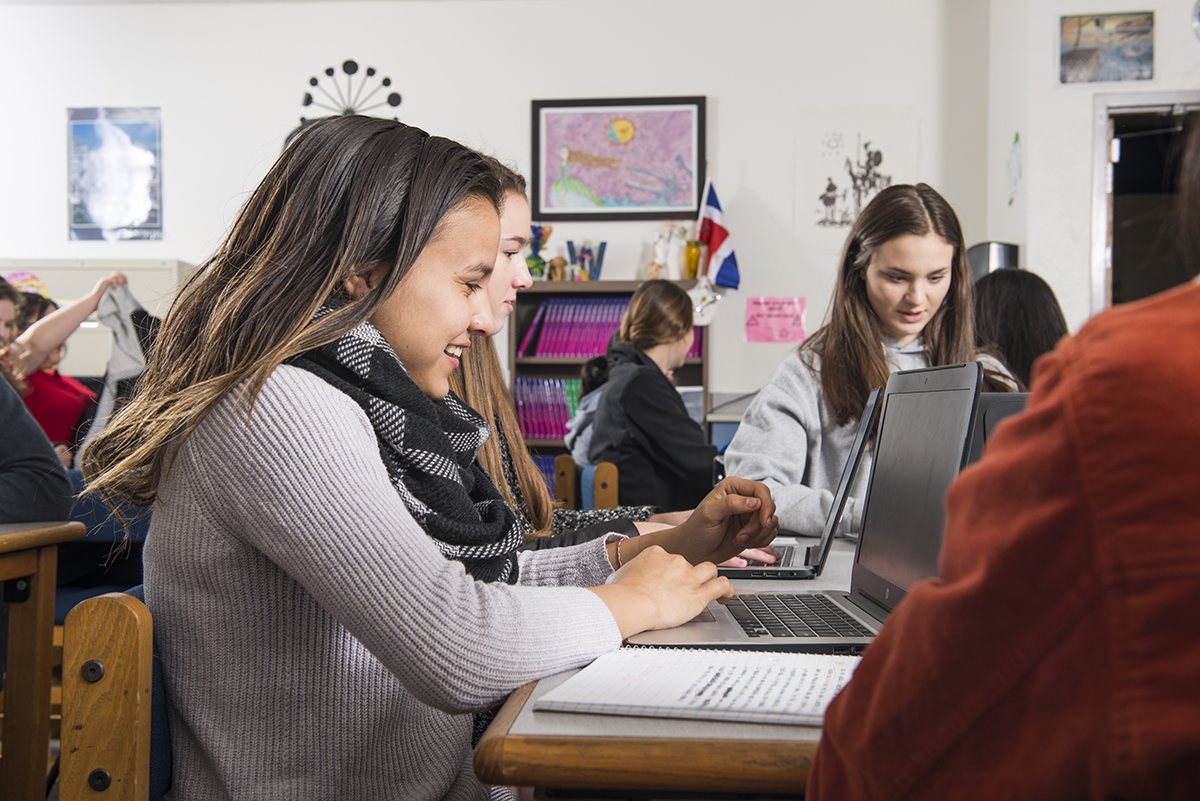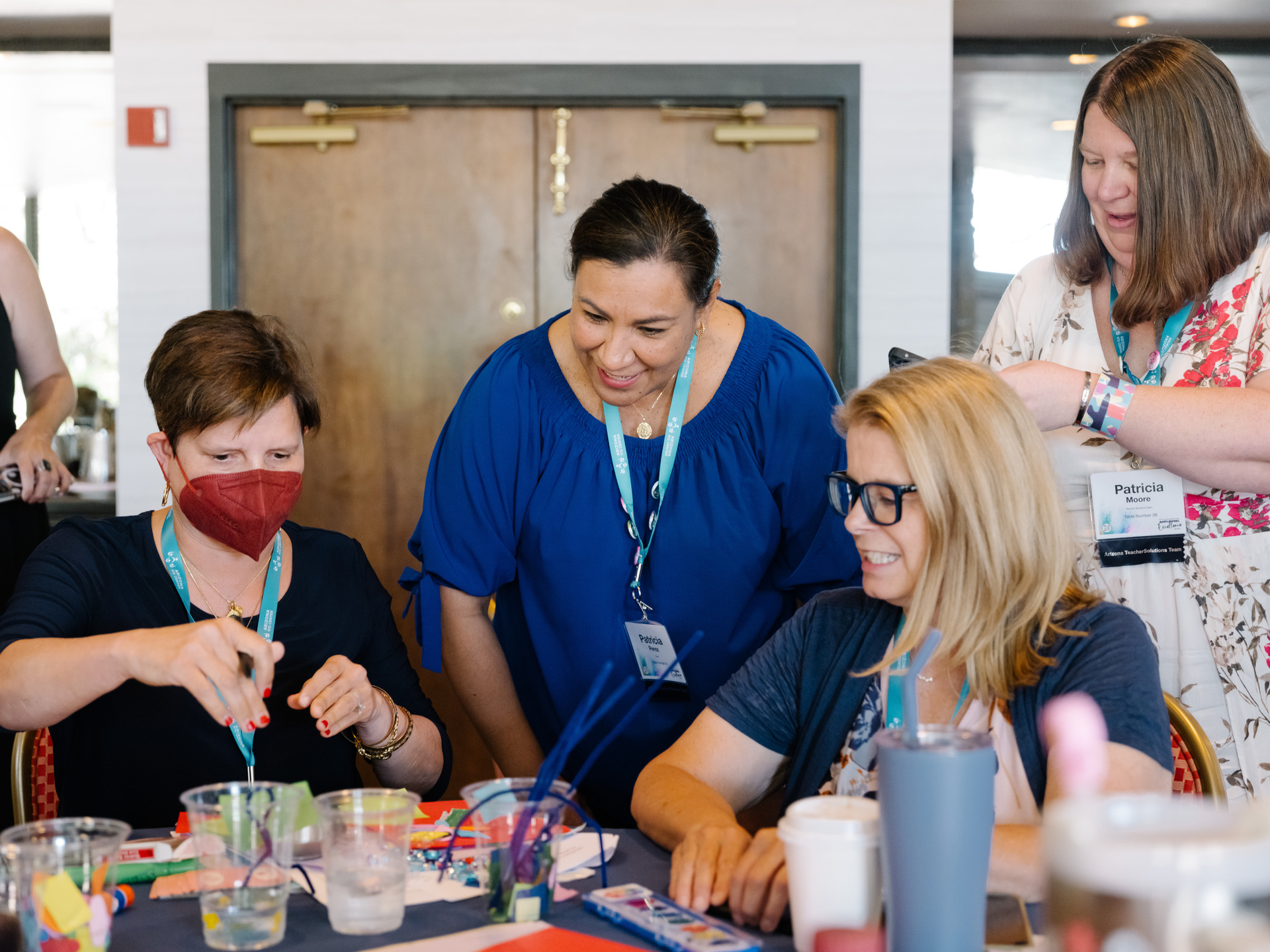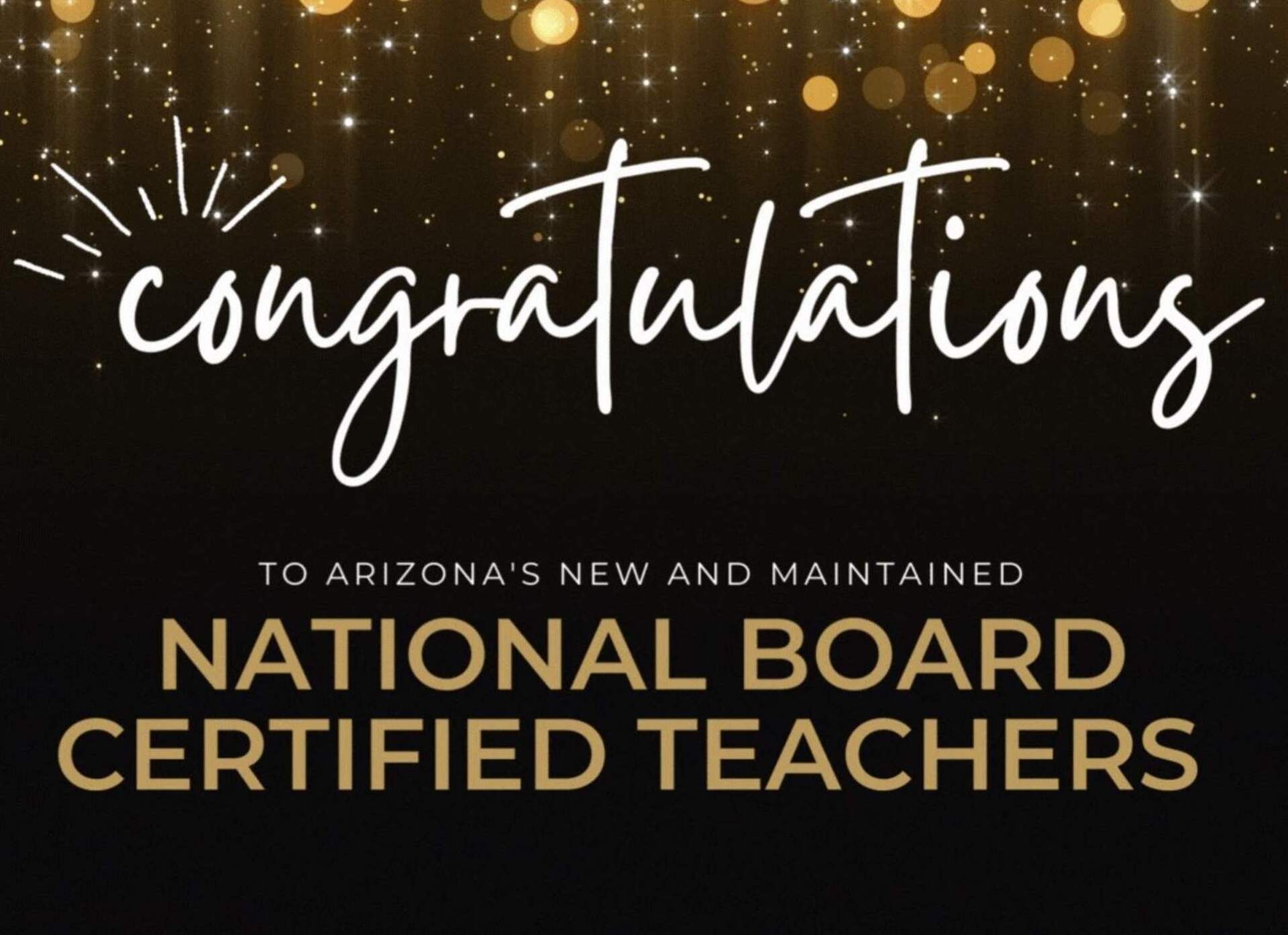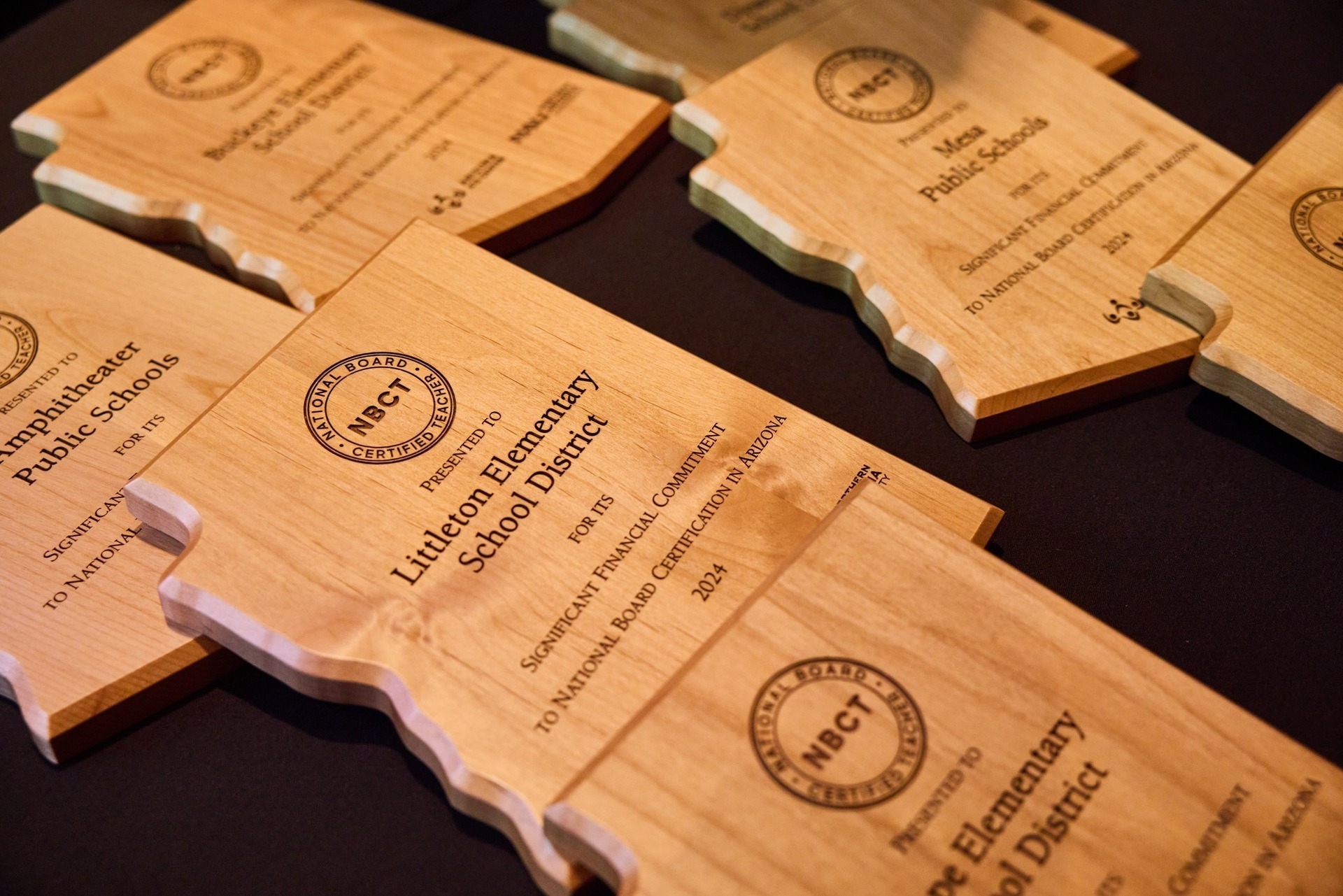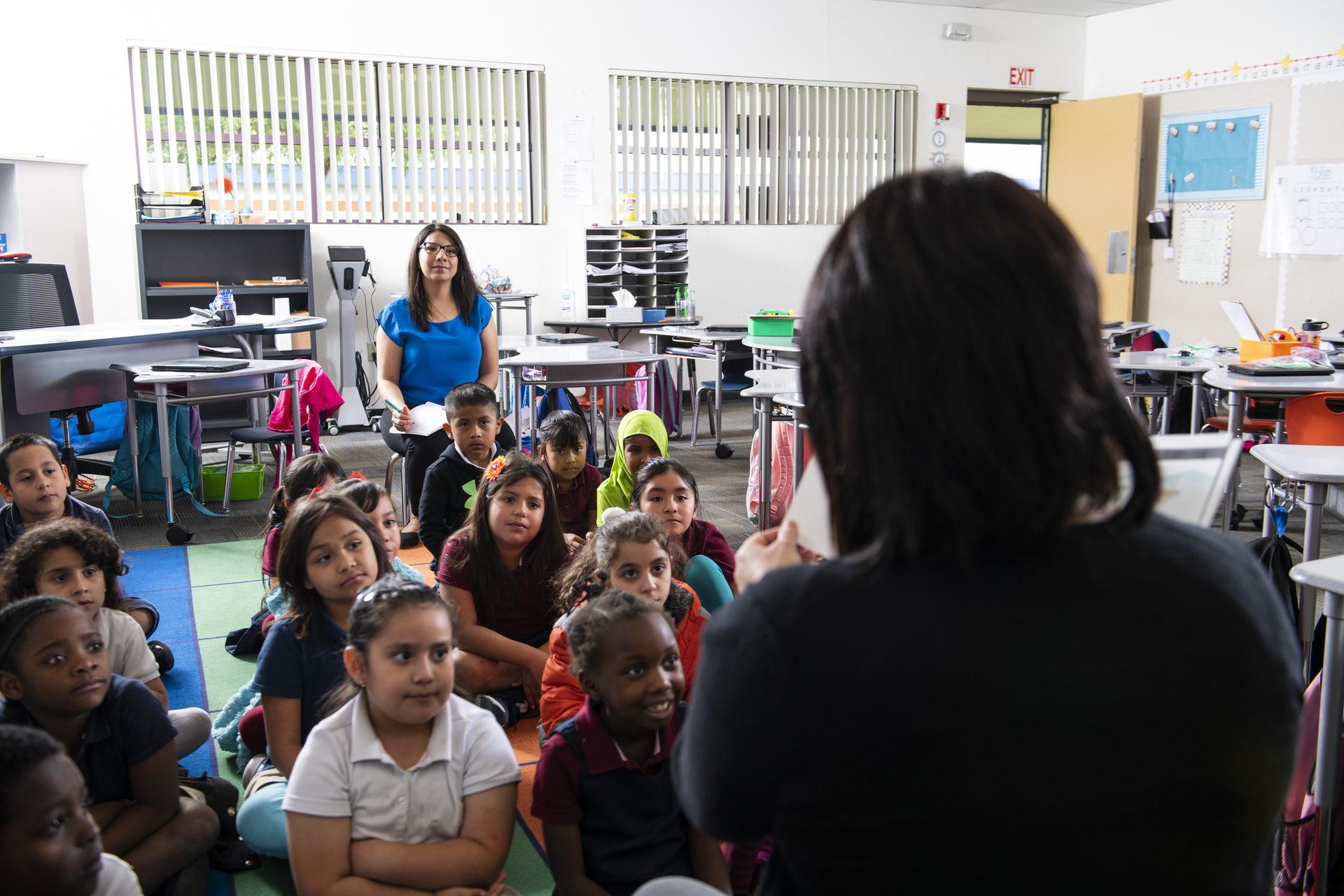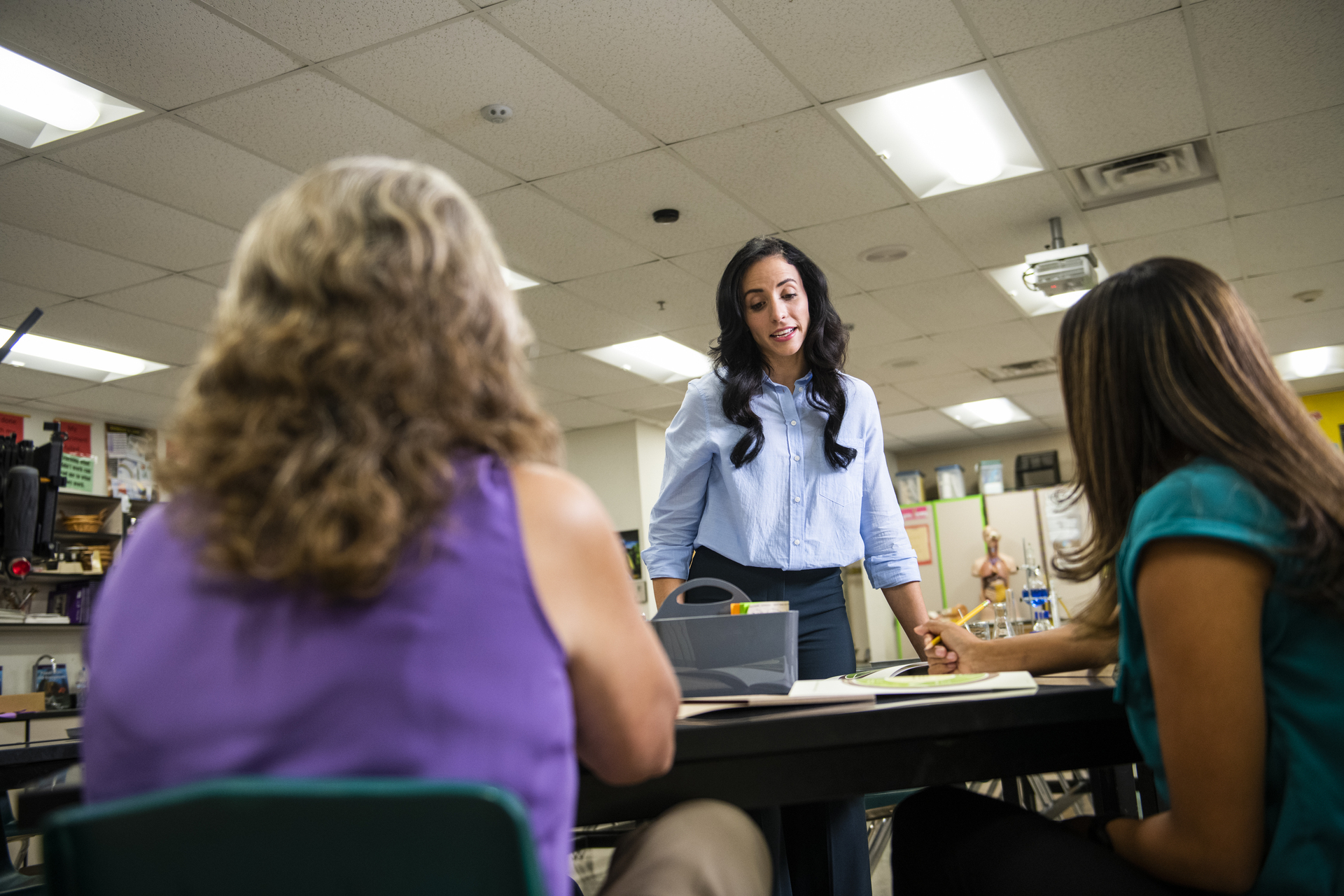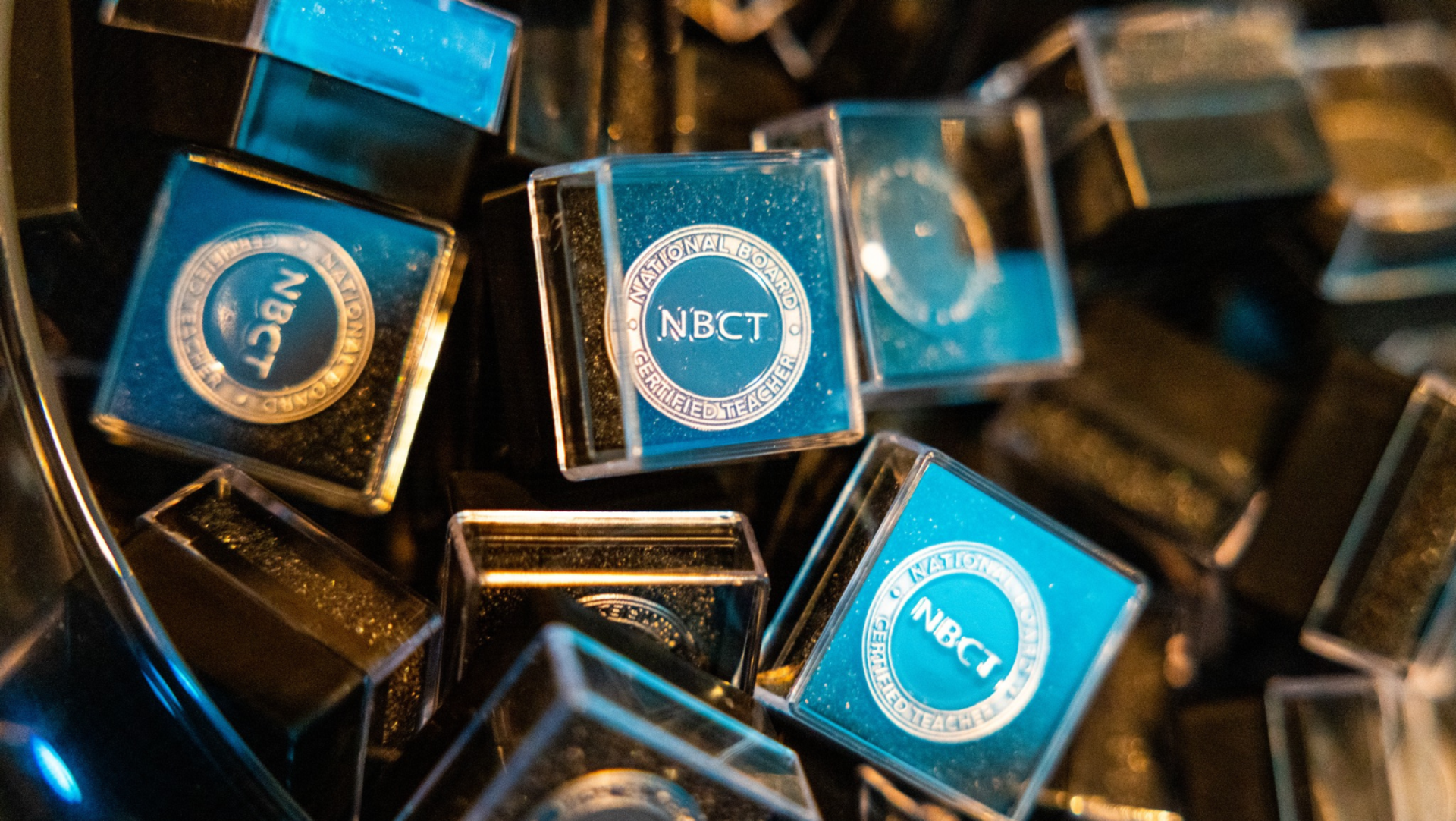September 19, 2019
It’s What You Know and Who You Know: Teaching Human vs. Social Capital
Understanding the idea of human and social capital can make a big difference to high school students about to embark on the college and job-seeking paths.
If you’re teaching teenagers who are increasingly interested in the “real world,” here’s a concept that will help them for years to come: the idea of human capital versus social capital, and why everyone needs both to be a successful adult.
What is human capital?
Human capital is the skills and knowledge that people learn and possess. Whether they choose to enroll in college or head straight to the workforce, their abilities are valuable assets. Having a diverse set of skills and knowledge can actually help people reach higher salaries. Basically, the more you know, the better.
What is social capital?
Social capital is about professional and personal relationships. You can have all the skills in the world, but if you don’t maintain connections to those around you, it’s a lot tougher to reach your full potential. That’s because relationships can lead to useful information, new ideas, and future opportunities. Social capital forces us to recognize that yes, it’s about what you know, but it’s also about who you know.
4 ways to introduce human and social capital in the classroom
These lesson plan ideas will help illustrate the importance of human and social capital to your students.
Human capital: When introducing new content, have students research related, yet out-of-the-box, career opportunities.
Are your students wondering how chemistry might have real-world importance? Chemistry is a necessary skill in a variety of jobs that go far beyond the role of a traditional chemist in a lab — think hair colorist, baker, microbrewer, or food scientist. These are all roles that require concrete knowledge of chemistry.
Human capital: Host a classroom TEDx-style event each semester.
Invite students to become a mini-expert in a topic they’re interested in. Not only will this afford students the opportunity to pursue their interests, they’ll have the chance to learn from one another (and practice public speaking!).
Social capital: Encourage students to find unstructured moments for connecting.
Sure, a structured think-pair-share will force students to interact with people they might not always work with, but what about during lunch or before class starts in the hallway? Challenge your students to find someone outside of class who shares the same favorite band or TV show, and ask them about their experiences striking up conversations with others.
As an educator, take time to roam the halls and meet students whom you don’t teach. What are they interested in outside of school? Is there an opportunity to connect them with other students who have similar interests.
Social capital: Take back technology and social media.
While the internet has its negative aspects, it’s also a place where students can connect and support one another in positive ways. For our shyer students, this can be a low-risk environment where they can share their thoughts and feelings that they might not be able to share in person.
Talk to your students to see what kind of community they’ve found online. Are there opportunities for you to help them find a pen pal in another place, or perhaps a forum where they can talk to others with similar interests? Model good digital citizenship by showing students how to stay safe online and find positive outlets for connection.
